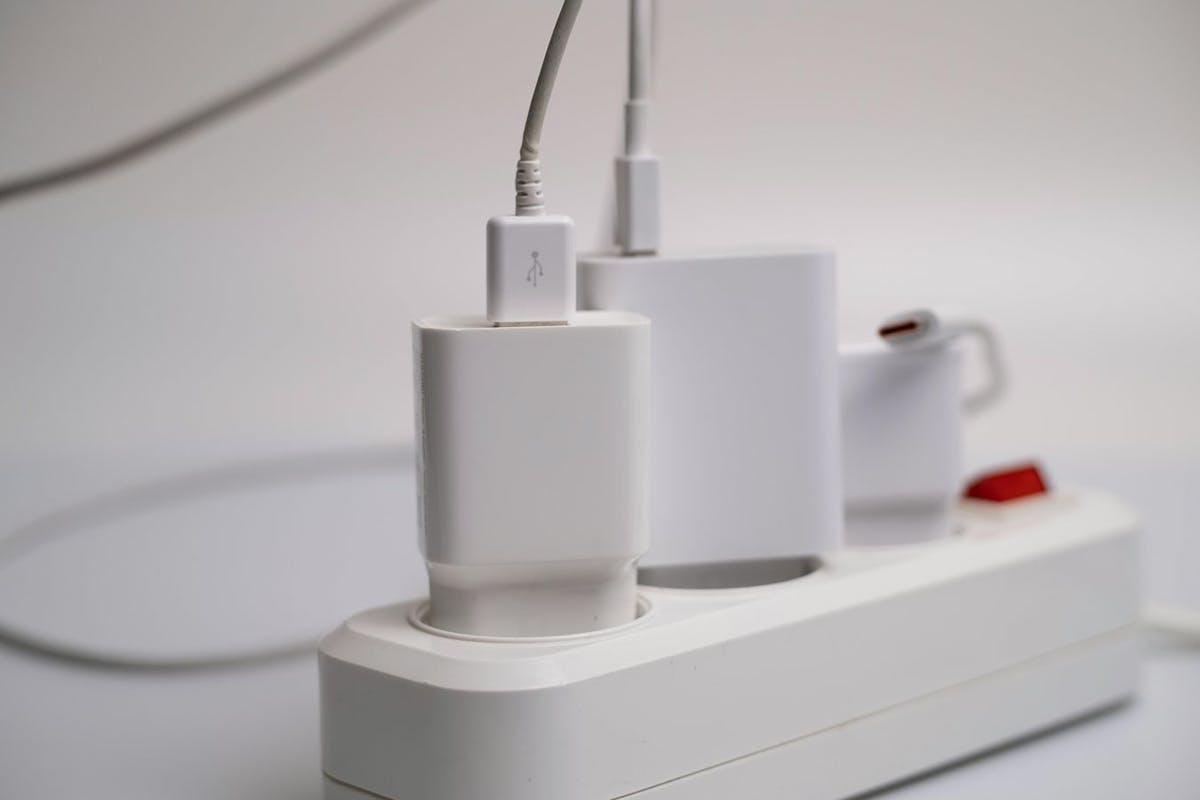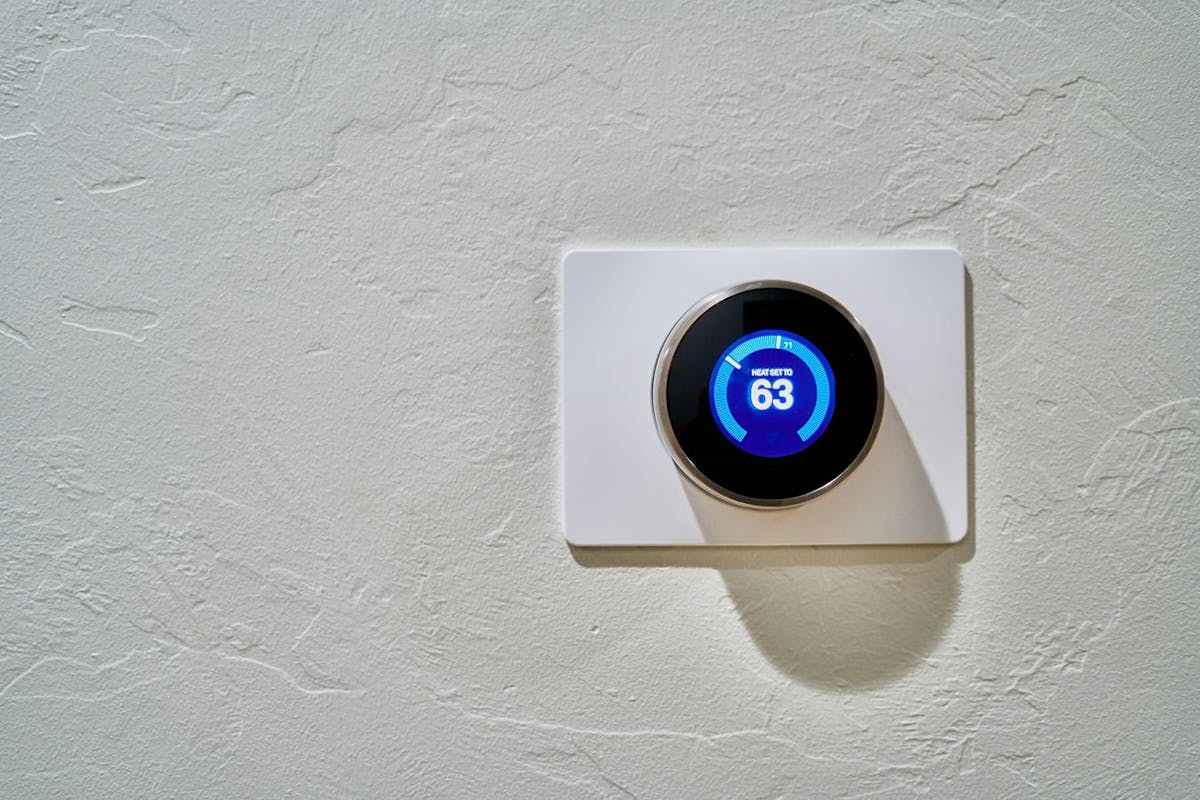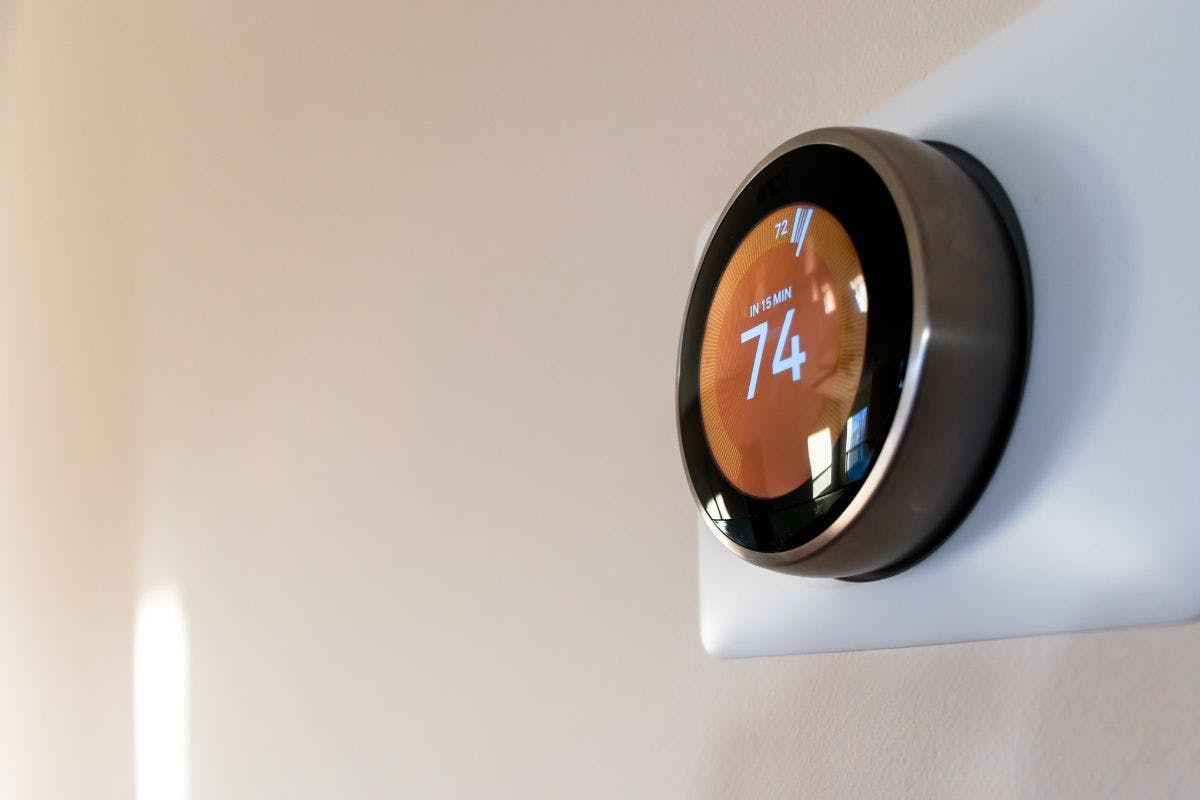A Guide to Mini-Split Heat Pumps: Costs, Savings, Pros, and Cons
Last edited

Author
Andrew Giermak
Solar and Electrification Writer and Editor

Editor
Andrew Blok
Electrification and Solar Writer and Editor

Heat pumps can efficiently heat and cool more homes than ever before. Mini-splits — heat pumps that don't use ducts to move air around your house — can be flexible and smart solutions for many homes.
Whether you’re switching from a traditional central heat pump or gas furnace or installing your home's first HVAC system, a mini-split system might improve your home’s comfort and energy efficiency.
Here's how they work, when they're a good fit, and how to find the right one for you.
See how much you can save with a new HVAC system from Palmetto
What Is a Mini-Split?
A mini-split heat pump, also known as a ductless heat pump, is an outdoor heat pump combined with indoor wall-, ceiling-, or floor-mounted units. Mini-splits, like their larger ducted heat pump relatives, provide heating and cooling in one system. The indoor units heat or cool the air in each room and don’t use ducts.
You can install as many indoor units as you need, though they may require additional outdoor units. Each unit can be separately controlled and programmed. Mini-splits can improve energy efficiency in many cases, depending on factors such as the size of the home and your daily routine.
How Do Mini-Splits Work?
A central heat pump has refrigerant lines running from the outdoor to a central indoor unit. Ducts from the indoor unit distribute air throughout the building.
A mini-split has refrigerant lines run to each mounted indoor unit. The room’s air is heated or cooled at each indoor unit, meaning you can install a ductless system in a building with no previous ductwork. The refrigerant line to each unit needs a small hole to each unit, but the installation is less expensive and less invasive than requiring new ductwork.
Eliminating ducts is an energy saver on its own. Energy Star estimates 30% of a central HVAC system’s energy usage is wasted when conditioned air travels through ducts.
Mini-splits are also very energy-efficient heating options. They move heat from the outside air rather than using fuel to make heat, as a furnace — electric, gas, oil, or propane — does. The refrigerant lines carry the heat directly to the units and into your living space. Because they move heat rather than generate it, they can be reversed to cool your home by moving heat from the indoor air out.
An Energy Star-certified mini-split can deliver up to three times more heat energy than the electric energy it uses. Compared to standard electric heating, Energy Star-certified mini-split heating can reduce energy usage by up to 60%.
Zoned Heating and Cooling with Mini-Splits
Another advantage to mini-splits is having zoned heating and cooling control in your home.
Mini-split systems typically work with up to five indoor units connected to one outdoor unit, but can have more. If you have rooms you use often during the day and others you use often overnight, the programmed schedules can be specific to your routine. If you have rooms you rarely use, zoned heating and cooling can be a significant energy and money saver.
See how much you can save with a new HVAC system from Palmetto
Mini-Split Advantages
Potential advantages of switching to ductless, mini-split heating and cooling for your home include cost savings, energy efficiency, comfort, and having just one system for heating and cooling.
Cost savings
Mini-split heating and cooling systems can save you money primarily via energy efficiency. Ductless systems don’t waste heated or cooled air lost while traveling through ducts.
According to the US Department of Energy, a heat pump can cut electricity consumption for heating by up to 75% compared to electric furnace or baseboard heating.
Whether you can save compared to another HVAC system, and exactly how much, depends on the size of your home, how many rooms you need to heat and cool, your climate, and your gas and electricity rates.
Tax credits, rebates, and incentive programs may make high-efficiency, Energy Star-certified mini-split systems a better economic choice. Homeowners buying and installing approved mini-splits can use the Energy Efficient Home Improvement Tax Credits for a federal tax credit of 30% of the project’s cost up to $2,000.
Energy efficiency
Energy Star-certified mini-splits may be up to 30% more efficient than ducted central air systems and up to 60% more efficient than electric furnaces.
Some modern mini-splits regulate energy usage to maintain a steady temperature instead of cycling on and off to meet a thermostat’s setting. Many mini-split systems are compatible with smart devices and have smart, programmable features like seven-day scheduling, sleep mode, and target temperature and humidity ranges, improving energy efficiency.
Reliable performance
In increasing areas and climates of the country, mini-splits give comfortable heating and cooling. Each interior unit, be it within a room or for an area or floor, can be controlled and scheduled on its own.
Furnaces wait for the temperature in your home to fall below your thermostat setting then quickly heat it up again, creating temperature swings in your home. Some heat pumps are always on, maintaining a constant, comfortable temperature without the temperature swings.
Despite bad press about cold weather performance, Energy Star-certified cold-climate heat pumps can keep homes warm well below freezing. A heat pump system can always be paired with a backup heating system to provide heat in colder weather.
Mini-Split Disadvantages
Ductless mini-splits are a good fit for more situations than ever before, but they aren’t right for everyone or every home. Here are some of the potential drawbacks.
Initial cost
The initial purchase and installation cost will depend on your circumstances. Putting a ductless mini-split system as the heating and cooling system in a brand-new home, rather than installing a central HVAC system and building ducts throughout your house, can be less expensive.
If you’re redoing the heating and cooling for a large property or need many indoor units, this could become a cost issue and a disadvantage compared to a traditional HVAC system. Switching from gas, oil, or propane to electricity will add to the upfront expenses.
Installing mini-split heating and cooling for a whole house can range from $1,200 to $30,000.
Aesthetics
This potential disadvantage is clearly in the eye of the beholder, but some people might find indoor units to be sore thumbs to a few rooms in their home. Units can be mounted on walls, ceilings, or floors where there is enough space and proper airflow.
Mini-Split Maintenance
The most important maintenance step a homeowner can take is cleaning filters and changing them as recommended. Some units have a standard mesh filter that should be wiped and cleaned every week or two. Some units have replaceable filters that should be changed every 1-3 months or as recommended by the manufacturer.
A professional should deep clean mini-split exterior and interior units every 1-3 years, depending on the environmental conditions around your home and your usage, according to the Department of Energy.
Are Mini-Splits the Best Heating and Cooling Option?
If you’re building a new home from scratch, going ductless from the start could work quite well.
If you’re in a home without central air ductwork, a mini-split system might be much cheaper and less intrusive than installing ducts throughout an old home.
If you’re building an addition to a home or finishing a basement or attic that has no heating and cooling, mini-split units just for the newly finished rooms could be a good answer.
The square footage of your home or usual routine could make the size and arrangement of a mini-split system a smart, compatible fit. If you want zoned climate control, this is one good way to do it.
If you’re switching to electric appliances and electrifying throughout your home, electrifying your heating and cooling with mini-splits may be your best option.
Along with the possible disadvantages we’ve already discussed, there are some other situations where mini-splits might not be the ideal answer. If your home requires multiple exterior units, a mini-split might be cost prohibitive.
Can You Install a Mini-Split Heat Pump by Yourself?
It’s possible, but not recommended, to install a mini-split system yourself. While you could save money if all goes according to plan, the risks and potential major expenses or future issues outweigh the potential benefits of DIY.
An amateur installation carries the risk of accident, injury to yourself or others, electric shock, fire hazards, and damage to your home. An improperly installed heat pump can be less efficient, need more frequent repair, and have a shorter life.
Mini-Split Shopping Advice
If you’re ready to make a purchase, you want to weigh factors such as the energy efficiency ratings of different systems. Look at the SEER (seasonal energy efficiency ratio) rating, the HSPF (heating seasonal performance factor) rating, efficiency and estimated cost information on an EnergyGuide label, and for Energy Star certification.
You want a system designed for the size and layout of your space, how you expect to heat and cool it, and your area’s climate. If you plan on connecting your new system to smart home devices, ensure they will be compatible.
It's important to be comfortable with an experienced professional who’s experienced with mini-splits. It’s always a good idea to get multiple quotes and answers from multiple installers.
Consider home solar panels that can power your heat pump with clean, cheap solar power. You can check Palmetto’s solar savings calculator or our contact form to see how home solar could save you money.
See how much you can save with a new HVAC system from Palmetto
Frequently Asked Questions
Do you need a mini-split for every room?
No, one of the positives of mini-split heat pumps is you can customize the system to fit your home and lifestyle.
What is the life expectancy of a mini-split system?
Mini-split systems can last 20 years or longer. Proper installation and maintenance will generally improve a system’s performance and lengthen its lifespan.
Disclaimer: This content is for educational purposes only. Palmetto does not provide tax, legal, or accounting advice. Please consult your own tax, legal, and accounting advisors.


